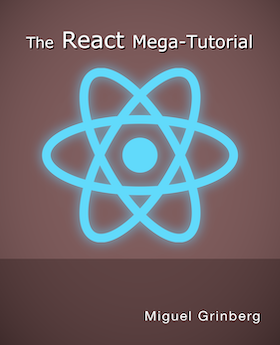The Flask Mega-Tutorial, Part XV: A Better Application Structure
Posted by
on underThis is the fifteenth installment of the Flask Mega-Tutorial series, in which I'm going to restructure the application using a style that is appropriate for larger applications.


